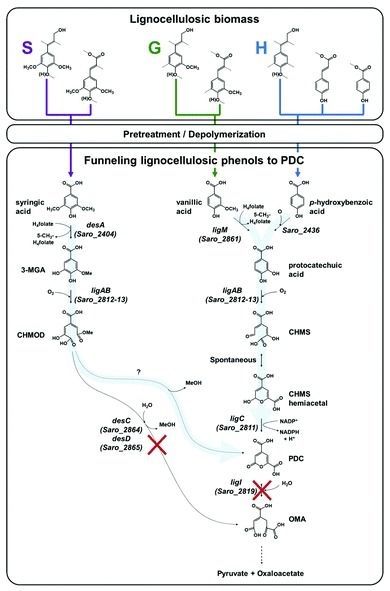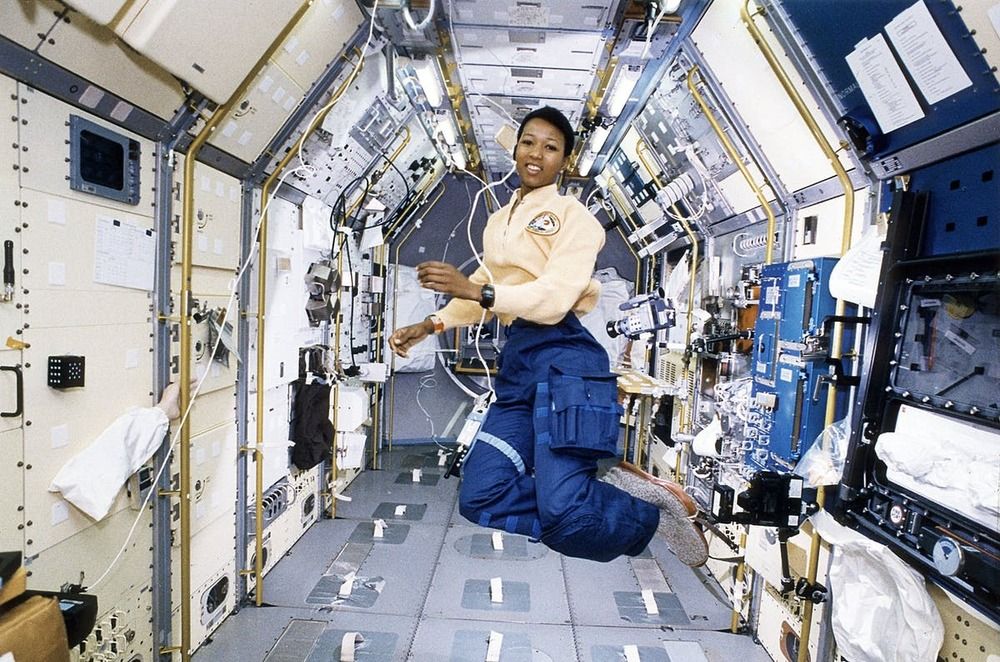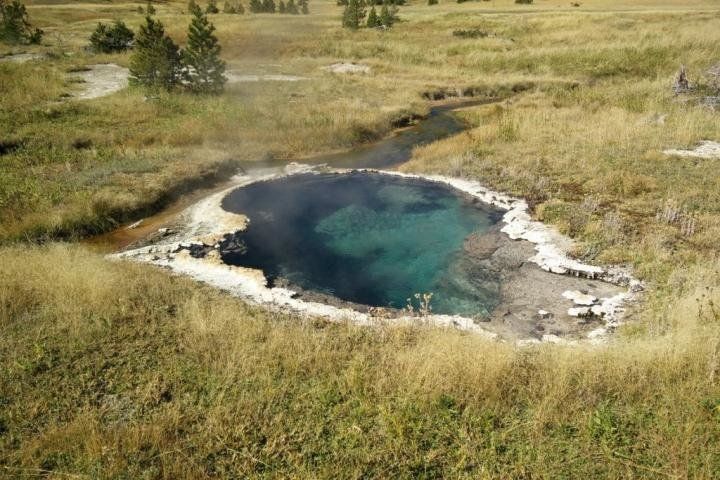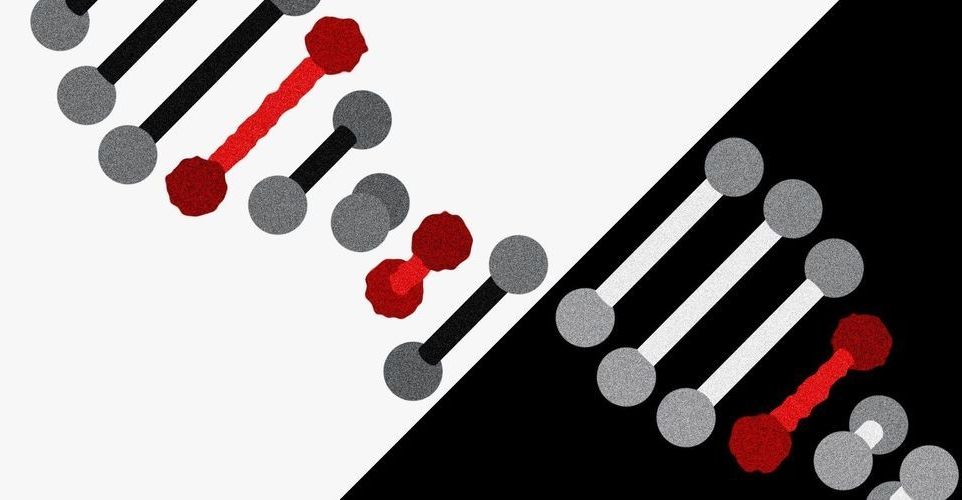Archive for the ‘bioengineering’ category: Page 143
Mar 8, 2019
On International Women’s Day, Google Celebrates NASA Pioneer Mae Jemison
Posted by Genevieve Klien in categories: bioengineering, biotech/medical, space
Never be limited by other people’s limited imaginations… If you adopt their attitudes, then the possibility won’t exist because you’ll have already shut it out… You can hear other people’s wisdom, but you’ve got to re-evaluate the world for yourself.
As a physician, Peace Corps volunteer, entrepreneur, teacher, dancer, and astronaut, Jemison has certainly lived her life in protest of people’s limited imaginations. Born in 1956, Jemison’s interest in STEM rooted early, and she enrolled at Stanford University when she was only 16. She majored in degrees in both chemical engineering and Afro-American studies, and she went on to receive an M.D. just four years later.
Jemison worked as a medical practitioner and served for two-and-a-half years in the Peace Corps as a medical officer. When she returned to the United States in 1985, she did something incredibly difficult: She pivoted her career entirely to pursue her childhood dream of becoming an astronaut. Jemison applied to the NASA astronaut training program, was selected from a field of 2,000 individuals, and in 1992, became the first African-American woman to go to space.
Mar 8, 2019
Capturing bacteria that eat and breathe electricity
Posted by Genevieve Klien in category: bioengineering
Unlike thousands of tourists who trek to admire the park’s iconic geysers and hot springs every year, the WSU graduate student was traveling with a team of scientists to hunt for life within them.
After a strenuous seven mile walk through scenic, isolated paths in the Heart Lake Geyser Basin area, the team found four pristine pools of hot water. They carefully left a few electrodes inserted into the edge of the water, hoping to coax little-known creatures out of hiding — bacteria that can eat and breathe electricity.
After 32 days, the team returned to the hot springs to collect the submerged electrodes. Working under the supervision of Haluk Beyenal, Paul Hohenschuh Distinguished Professor in the Gene and Linda Voiland School of Chemical Engineering and Bioengineering, Mohamed and postdoctoral researcher Phuc Ha analyzed the electrodes.
Mar 6, 2019
What to do with the lignin?
Posted by Caycee Dee Neely in categories: bioengineering, biological, genetics, space, sustainability
Learning to deal with lignin is important for recycling and space settlements. Unused biomass on space settlements and long-term voyages is something that just can’t be tolerated. The same problem exists in dealing with plant waste on earth. A new process helps convert it into a precursor for polyester, which can be used for all kinds of other materials.
Plant cells are composed of three main substances: cellulose, hemicellulose, and lignin. According to Yining Zeng, Michael E. Himmel, and Shi-You Ding in Biotechnology for Biofuels, the composition amounts to “40 to 50% of cellulose, 15 to 25% hemicelluloses, 20 to 25% lignin, and 5 to 10% other components.[1]” For the most part, the only truly useful part is the cellulose and the hemicellulose. The lignin is usually just thrown away. The most common use is fuel for heating units. That’s right. They just burn it.

Mar 6, 2019
Jennifer Doudna Is Pioneering the Science — and Ethics — of Gene Editing
Posted by Victoria Generao in categories: bioengineering, biotech/medical, ethics, science
Mar 4, 2019
First CRISPR therapy administered in landmark human trial
Posted by Quinn Sena in categories: bioengineering, biotech/medical
The first confirmed CRISPR gene editing clinical trial to take place outside of China is officially underway, after pharmaceutical companies CRISPR Therapeutics and Vertex revealed a human patient has been administered the experimental treatment targeting a rare blood disease.
Feb 28, 2019
Poll: Two Thirds of Americans Support Human Gene Editing to Cure Disease
Posted by Paul Battista in categories: bioengineering, biotech/medical, government, health
Questions about using technologies like CRISPR to gene edit human embryos gained immediacy last month, when Chinese scientists claimed to have edited the genes of two babies in order to protect them against HIV — a move that prompted an international outcry, but also questions about when the technology will be ready for human testing.
“People appear to realize there’s a major question of how we should oversee and monitor use of this technology if and when it becomes available,” Columbia University bioethicist Robert Klitzman told the AP of the new research. “What is safe enough? And who will determine that? The government? Or clinicians who say, ‘Look, we did it in Country X a few times and it seems to be effective.
READ MORE: Poll: Edit baby genes for health, not smarts [Associated Press].
Continue reading “Poll: Two Thirds of Americans Support Human Gene Editing to Cure Disease” »
Feb 28, 2019
Gene Editing Is Trickier Than Expected—but Fixes Are in Sight
Posted by Genevieve Klien in categories: bioengineering, biotech/medical
A popular gene editing technique may produce lots of unintended changes to DNA, but the good news is we now have a better way of finding such errors.
Feb 25, 2019
New microfluidics device can detect cancer cells in blood
Posted by Quinn Sena in categories: bioengineering, biotech/medical, computing, neuroscience
Researchers at the University of Illinois at Chicago and Queensland University of Technology of Australia, have developed a device that can isolate individual cancer cells from patient blood samples. The microfluidic device works by separating the various cell types found in blood by their size. The device may one day enable rapid, cheap liquid biopsies to help detect cancer and develop targeted treatment plans. The findings are reported in the journal Microsystems & Nanoengineering.
“This new microfluidics chip lets us separate cancer cells from whole blood or minimally-diluted blood,” said Ian Papautsky, the Richard and Loan Hill Professor of Bioengineering in the UIC College of Engineering and corresponding author on the paper. “While devices for detecting cancer cells circulating in the blood are becoming available, most are relatively expensive and are out of reach of many research labs or hospitals. Our device is cheap, and doesn’t require much specimen preparation or dilution, making it fast and easy to use.”
The ability to successfully isolate cancer cells is a crucial step in enabling liquid biopsy where cancer could be detected through a simple blood draw. This would eliminate the discomfort and cost of tissue biopsies which use needles or surgical procedures as part of cancer diagnosis. Liquid biopsy could also be useful in tracking the efficacy of chemotherapy over the course of time, and for detecting cancer in organs difficult to access through traditional biopsy techniques, including the brain and lungs.
Continue reading “New microfluidics device can detect cancer cells in blood” »
Feb 25, 2019
Fighting Aging With Stress, Randomness, Complexity and Usefulness — Dr. Marios Kyriazis — Ira Pastor
Posted by Ira S. Pastor in categories: aging, bioengineering, biological, bioprinting, biotech/medical, cosmology, DNA, evolution, genetics, health

















